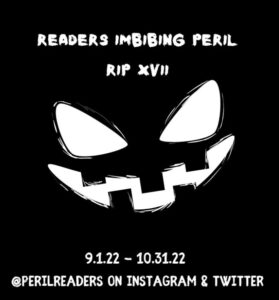
Hardcover, 40 pgs.
I am an Amazon Affiliate
My Dog, Hen by David Mackintosh is a cute story about a boy and his new dog from the shelter. Hen is a “good as new” dog but he has some things to learn. He wants to chew everything in sight from the dog bowl to his bed and all of his toys. The chewing seems never-ending until the boy’s grandmother comes to the rescue.
The illustrations are simple sketches of the house, the dog, and the people. Many of the drawings resemble kids’ drawings when they are young. What I loved about this book was the message that not all old things should be discarded because they can be mended or made into something new with a different purpose.
The paragraphs are made up of simple sentences that young readers can easily read, though the paragraphs are a bit longer than in other picture books. This could be a bridge book for those who are struggling readers who need images and simpler sentences.
My Dog, Hen by David Mackintosh not only reminds us to be patient and repair the old, but it also reminds us that we all have things to learn when we’re young. We all need a little direction, even Hen.
RATING: Quatrain
About the Author:
















